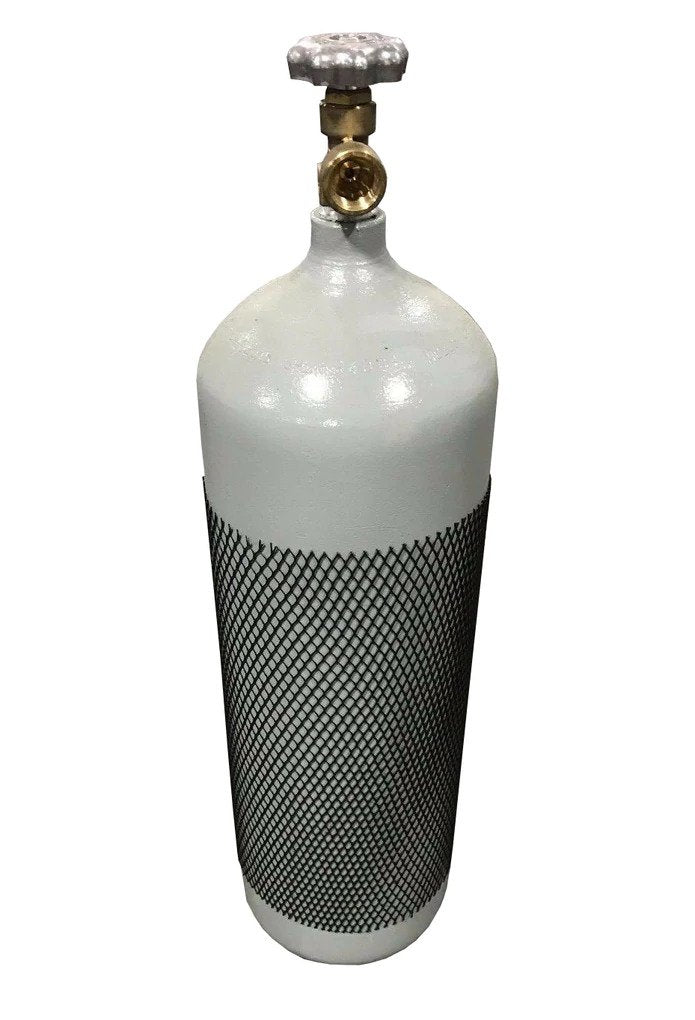Comprehensive Storage Tank Welding Assessment for Industrial Safety And Security and Regulatory Compliance
Ensuring commercial security and governing compliance within the world of tank welding assessments is a vital facet of keeping operational integrity and mitigating potential dangers. The meticulous examination of weld quality, material thickness, and overall tank condition is vital in protecting against ecological threats and architectural failures. By delving right into the intricacies of comprehensive tank welding examinations, a much deeper understanding emerges of the diverse strategies employed to maintain market criteria and support safety protocols.
Significance of Tank Welding Examinations
Conducting regular and complete storage tank welding assessments is important in guaranteeing the architectural integrity, security criteria, and governing conformity of industrial containers. These inspections play an important duty in recognizing any prospective problems or weaknesses in the bonded joints that might endanger the general honesty of the storage tank. By detecting these issues early, companies can take positive measures to address them quickly, thus protecting against costly repair services, ecological contamination, or, in the worst-case circumstance, disastrous failures.
Normal tank welding examinations additionally help companies abide by sector policies and criteria stated by authorities such as the American Oil Institute (API) or Occupational Safety And Security and Health And Wellness Management (OSHA) Failure to satisfy these demands can result in fines, legal repercussions, or perhaps the suspension of procedures. Tank Welding Inspection Service. Consequently, purchasing comprehensive container welding examinations not just safeguards the health of employees and the surrounding environment however additionally shields the company's track record and profits over time
Trick Elements of Weld High Quality Assessment
Guaranteeing the quality of welds includes a careful assessment of vital elements that contribute to the structural integrity and reliability of industrial tanks. One vital aspect of weld high quality evaluation is the evaluation of weld penetration. Correct penetration is necessary as insufficient penetration can result in weld issues and endanger the toughness of the joint. In addition, the weld's account must be assessed to make sure that it meets the specified needs in terms of dimension and form. The visibility of any kind of suspensions, such as splits, porosity, or insufficient combination, need to be thoroughly examined as these can compromise the weld and boost the probability of failure. Furthermore, the overall weld appearance is additionally a key element of quality assessment, as it can suggest the presence of defects or disparities in the welding process. By adequately assessing these crucial components, examiners can assist ensure that bonded joints meet the needed criteria for safety and regulatory compliance in commercial container construction.
Product Thickness Evaluation Methods
In the context of weld high quality evaluation, an indispensable facet to take into consideration is the utilization of material density examination methods. Exact dimension of material thickness is essential in making certain the architectural honesty and browse around this site security of bonded tanks. Various non-destructive testing (NDT) techniques are utilized for analyzing material thickness, including ultrasonic testing, radiographic testing, and magnetic particle inspection. Ultrasonic screening entails using high-frequency sound waves to determine product density by measuring the moment considered the acoustic waves to travel with the product and show back. Radiographic screening uses X-rays or gamma rays to create images revealing worldly thickness. Magnetic bit assessment works for finding surface and near-surface defects that might impact product density. These methods not only assist in reviewing the density of materials but also help in determining any potential issues or discontinuities that could jeopardize the weld high quality and general integrity of the tank framework. By utilizing these product thickness examination strategies, markets can guarantee conformity with safety standards and guidelines, thereby improving overall operational safety and security and reliability.
Container Condition Evaluation Techniques
A crucial element in maintaining the stability and safety and security of bonded containers is the comprehensive exam of storage tank conditions via reputable assessment approaches. Storage tank problem assessment methods play a vital role in making certain the architectural soundness and operational effectiveness of commercial tanks. Aesthetic examination is a main technique used to examine the external problem of tanks, looking for indications of deterioration, leaks, or physical damages. Additionally, non-destructive screening strategies such as ultrasonic testing and radiographic testing are utilized to discover inner flaws, weld defects, and material degradation that may compromise the storage tank's efficiency. Tank Welding Inspection Service. Moreover, magnetic bit inspection can recognize surface fractures and defects that are not visible to the nude eye. These assessment methods supply useful understandings right into the general wellness of the container, enabling early discovery of possible concerns and helping with timely upkeep or repair services to guarantee compliance with safety and security policies and industry requirements. Routine assessments using these approaches are necessary for protecting against devastating failures and making sure the lasting integrity of welded tanks.
Advantages of Routine Examination Practices
Routine inspection methods not only protect against prospective concerns detected throughout tank problem assessment approaches but likewise work as proactive measures in maintaining the structural stability and operational effectiveness of welded storage tanks. By performing routine inspections, industrial centers can identify any indications of deterioration, splits, leaks, or various other issues in the tank welds promptly. This early discovery allows timely repair services or upkeep interventions, avoiding little concerns from rising right into larger, much more pricey problems that can jeopardize security or lead to regulatory non-compliance.

Final Thought

Finally, comprehensive tank welding examinations are crucial for guaranteeing industrial safety and regulative conformity. By carrying pop over to this web-site out regular assessments and evaluations of weld quality, material density, and container condition, companies can identify potential risks and prevent pricey mishaps. Executing a positive approach to examination techniques can assist preserve the structural honesty of containers, secure the setting, and make sure the safety of workers and the bordering community.
